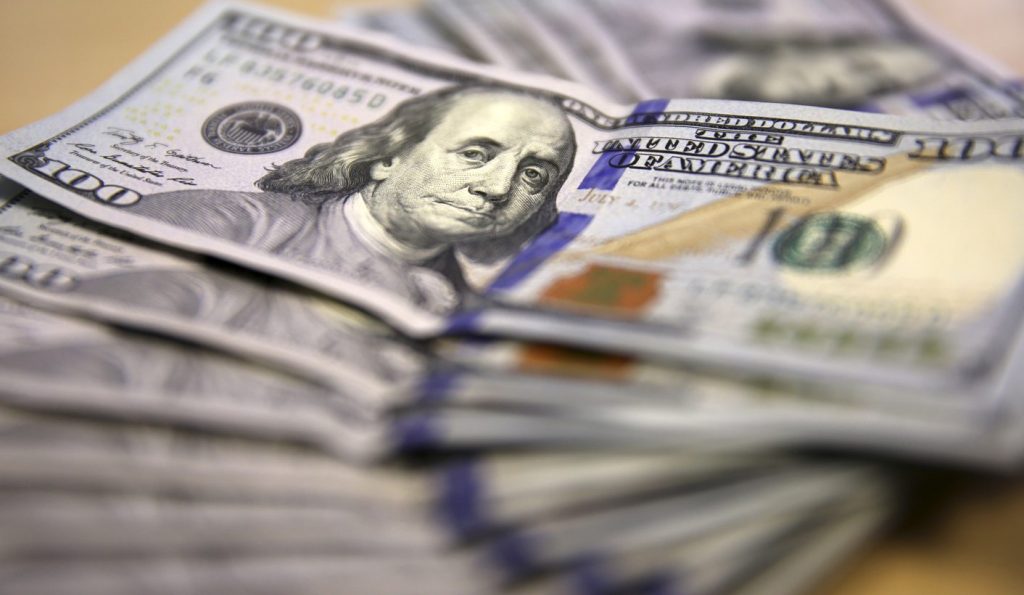Weak U.S. business spending data points to first-quarter growth slowdown
WASHINGTON (Reuters) – U.S. business investment spending plans fell for a sixth straight month in February, likely weighed down by a strong dollar and weak global demand, which could lead economists to further lower their first-quarter growth estimates.
The Commerce Department’s durable goods report on Wednesday was the latest data to suggest economic growth braked sharply early in the year, in part due to bad weather and a now-settled labor dispute at the country’s busy West Coast ports.
While economists largely view the slowdown in activity as temporary, softer growth could prompt the Federal Reserve to delay raising interest rates until later in the year.
“Today’s report provides strong evidence that the manufacturing sector is feeling some considerable heat from the stronger dollar,” said Anthony Karydakis, chief economic strategist at Miller Tabak in New York.
The Commerce Department said non-defense capital goods orders excluding aircraft, a closely watched proxy for business spending plans, dropped 1.4 percent last month after a revised 0.1 percent dip in January.
The so-called core capital goods orders were previously reported to have increased 0.5 percent in January. They last rose in August.
U.S. stock index futures were mixed and prices for U.S. Treasury debt rose after the data. The dollar hit session lows against the euro, yen and Swiss franc.
Business spending on capital goods has been hurt by a strong dollar, which has cut into overseas profits of multinational companies. Lower crude prices also have acted as a drag, forcing oil firms to either delay or cut back on investment projects.
The dollar has gained about 13.2 percent against the currencies of the main U.S. trading partners since last June on expectations that the Fed will start raising rates this year after keeping them near zero since December 2008.
Construction and mining equipment maker Caterpillar Inc (N:CAT) warned in January that lower oil prices would hurt its business in 2015. Procter & Gamble (N:PG) the world’s largest household products maker, already has said that full-year sales are likely to fall 3 percent to 4 percent because of the dollar.
Economists polled by Reuters had forecast core capital goods orders gaining 0.3 percent last month.
Shipments of core capital goods, which are used to calculate equipment spending in the government’s gross domestic product measurement, rose 0.2 percent last month after slipping by a revised 0.4 percent in January. They were previously reported to have gained 0.1 percent in January.
That downward revision could see economists trim their first-quarter GDP growth estimates, which currently range between a 1.2 percent and 2 percent annual pace.
“Barring a big rally in March, there is a good chance that the GDP figures will show that investment in equipment contracted slightly over the first quarter,” said Paul Ashworth, chief U.S. economist at Capital Economics in Toronto.
With core capital goods orders falling, overall orders for durable goods – items ranging from toasters to aircraft that are meant to last three years or more – fell 1.4 percent last month.
Durable goods orders also were hampered by a 3.5 percent plunge in orders for transportation equipment. Durable goods orders increased 2 percent in January.
